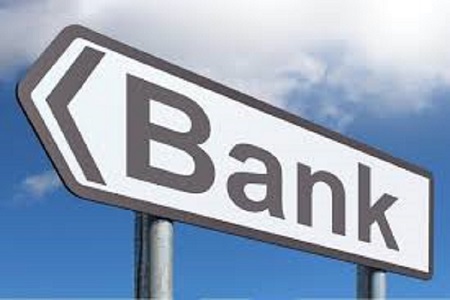What is a bank?
We explain what a bank is and how these financial institutions arose. In addition, the products it offers and the types of banks.
-
What is a bank?
A bank is a financial institution included in the category of companies . Its main function and reason for existence is the acquisition of customers who deposit their money there and through these deposits to make loans to third parties and include other services.
-
How did the banks come about?

The first bank transactions are sent to Babylon and Greece , in times before Christ. In the latter territory, reference is made to the so-called trapezitas, who were people who were engaged in all types of commercial activities. Even so, the most important banking centers of the Ancient Age were temples, which were in charge of religious authorities. However, at this time, the traded were made through bartering, mostly.
There would not be a more formal emergence of these institutions until the Crusades, since they would drive an urgent need to move sums of money from one territory to another quickly . This was done with the signing of documents that could be exchanged for the corresponding amount in another branch.
Recall that, during this period, the church dominated large areas of land , obtaining huge amounts of money from donations that sprouted from all European points, taxes and rents. In addition, with the monetary differences, the exchange rate was also encouraged.
The first banks as such were founded in Italy , in their main cities , with the background that this country was an important financial and commercial activity center, as well as being the headquarters of the Vatican.
The choice of “bank” as the name of these entities corresponds to the fact that the first transactions were made on these elements. Its growth, almost ending the Crusades, was due to the fact that the banks became the main lenders of the crowns , especially in France.
-
What financial products do you offer?
- Current accounts
- Savings accounts
- Fixed terms offering an interest
- Transactions
- Extractions
- Deposits of money or checks
- Credit accounts (through cards)
- Cash Loans / Credits
- Redeeming Points
- Currency exchange, purchase and sale
-
Types of banks

- Public : Administered by the State . Example: Central Bank of the Argentine Republic.
- Private : Managed by individuals. Example: HSBC Bank.
- Mixed : Administered by the State and by individuals. Both people are shareholders.
- Specialized : They cover a specific item. For example, rural or industrial banks.
- Centrals : They have a higher hierarchy than the rest of the banks, since they authorize their operation and regulate them.
- Issuance : Issue the currency in a country. In general, this activity is carried out by the Public Bank.
- Second Floor : They are a financial means through which resources are redirected to certain economic areas that are sought to be developed.





